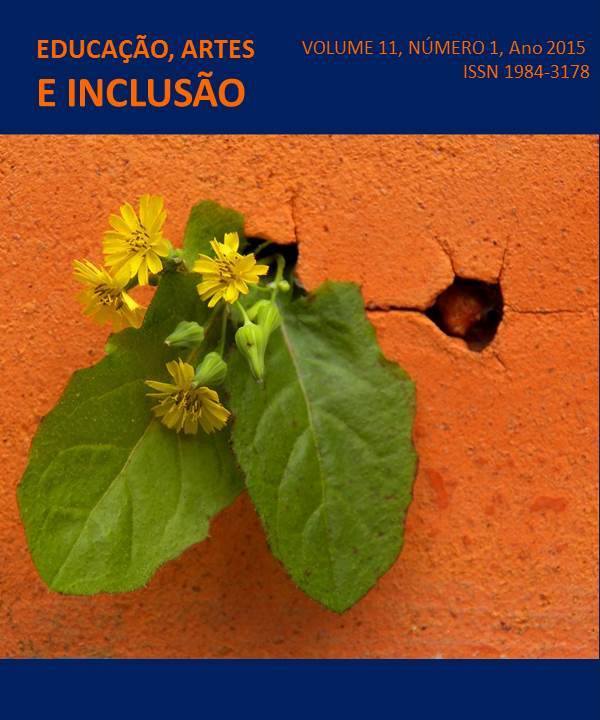TEATRO DE SOMBRAS NA EDUCAÇÃO INFANTIL, NA CONTEMPORANEIDADE: VIVÊNCIAS NO USO DE TELAS MÓVEIS
DOI:
https://doi.org/10.5965/198431781112015145Palabras clave:
Ensino de Teatro, Educação Infantil, Teatro de Sombras, Aspectos TeatraisResumen
O artigo apresenta um estudo desenvolvido em experiências no ensino de teatro na educação infantil, realizado a partir do Programa Institucional de Iniciação a Docência - PIBID, da Coordenação de Aperfeiçoamento de Pessoal de Ensino Superior - CAPES, no curso de Licenciatura em Teatro, na Universidade do Estado de Santa Catarina, em 2014. No projeto atuei como professora em um grupo de crianças no Núcleo de Desenvolvimento Infantil, da Universidade Federal de Santa Catarina, e durante os encontros com as crianças abordei o uso de elementos da linguagem do teatro de sombras na contemporaneidade, como telas móveis e lanternas, em momentos de brincadeira, aprendizagem e apreciação da linguagem teatral. A ação metodológica nos encontros teve como foco possibilitar a reflexão sobre os aspectos teatrais no ensino de teatro com crianças, assim questionando a necessidade da apresentação de uma peça teatral no ensino na educação infantil.Descargas
Descargas
Publicado
Cómo citar
Número
Sección
Licencia
Declaración de Derecho de Autor
Los autores que publican en esta revista concuerdan con los siguientes términos:
(A) Autores mantiene los derechos de autor y concede a la revista el derecho de primera publicación, con el trabajo simultáneamente licenciado bajo la Licencia Creative Commons Attribution que permite el compartir el trabajo con reconocimiento de la autoría y publicación inicial en esta revista.
(B) Autores tienen autorización para asumir contratos adicionales por separado, para distribución no exclusiva de la versión del trabajo publicada en esta revista (por ejemplo, publicar en repositorio institucional o como capítulo de libro), con reconocimiento de autoría y publicación inicial en esta revista.
(C) Esta revista proporciona acceso público a todo su contenido, ya que esto permite una mayor visibilidad y alcance de los artículos y reseñas publicadas. Para obtener más información acerca de este enfoque, visite el Public Knowledge Project.
Esta revista tiene una licencia Creative Commons Attribution-NonCommercial 4.0 International. Esta licencia permite que otros remezclen, modifiquen y desarrollen su trabajo con fines no comerciales, y aunque los trabajos nuevos deben acreditarlo y no pueden usarse comercialmente, los usuarios no están obligados a licenciar estos trabajos derivados bajo los mismos términos.





